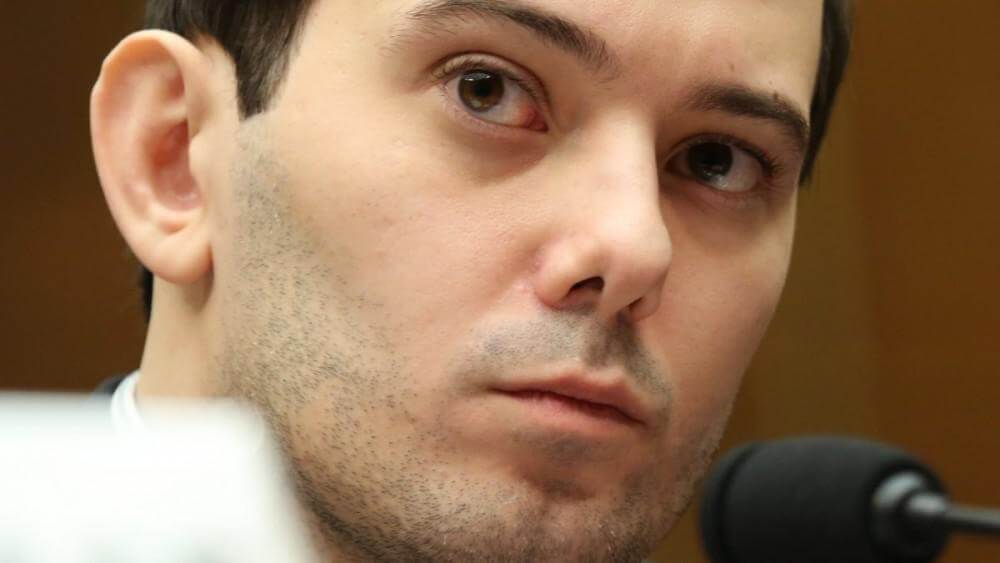
Great efforts have been made to decrease the damage from the opioid abuse epidemic by supporting treatment with a very effective drug buprenorphine. However, patients cannot be treated if pharmacies will not fill their buprenorphine prescriptions. Many pharmacies do not stock buprenorphine and many pharmacies ration the drug or even routinely refuse to fill buprenorphine prescriptions. (N Engl J Med 2020; 383:703-705).
Why is access to this lifesaving drug being limited?
This means that buprenorphine both stimulates and blocks the opioid receptor. However, when patients with opioid addiction are prescribed buprenorphine they are often able to stop other opioids and avoid overdose and other negative effects of opioid misuse. So why are patients having problems getting legitimate buprenorphine prescriptions filled?
First, government policies designed to curb opioid diversion pressure pharmacists not to dispense buprenorphine. The Drug Enforcement Administration (DEA) requires drug wholesalers to report suspicious prescriptions, but drug wholesalers who fear DEA investigation and prosecution have consequently established thresholds for opioid orders which include buprenorphine. Since the wholesalers lump buprenorphine with opioids prescribed for pain, they fail to distinguish between a medication used to treat opioid use disorder (OUD) – buprenorphine, and other opiate drugs which contribute to the development of OUD. Pharmacists whose orders exceed certain thresholds may be subject to DEA investigation. But no one knows what these thresholds are or whether there even are any specific thresholds.
A study of 15 Kentucky pharmacies showed that pharmacists interpreted the opiate thresholds imposed by wholesalers as a “DEA cap”. (Int J Drug Policy 2020 March 26(Epub ahead of print) Since the pharmacists had no idea about precisely where the thresholds had been set, they worried that every buprenorphine prescription filled brought them closer to exceeding the unknown cap and possible DEA investigation. A Tennessee study reached similar conclusions. (Subst Use Misuse 2020;55:349-357.) DEA policies that inhibit the legitimate prescription of buprenorphine are obviously misguided. Even diverted buprenorphine (buprenorphine is taken without a prescription) is often used by patients with OUD to manage withdrawal from opioids or to support cessation. Such use is a kind of self-management due at least in part to the stigma and inaccessibility of addiction treatment programs.
Some pharmacists have experience with doctors who overprescribe opioid analgesics. In the Kentucky study cited above, “pharmacists in Eastern Kentucky view buprenorphine as driving the next wave of the opioid epidemic and worry that buprenorphine prescribers are ignorant of clinical guidelines or motivated by greed.” (N Engl J Med 2020; 383:703-705). The result is that some pharmacists refuse to stock buprenorphine altogether or dispense it only for a small, trusted circle of clinicians.
Another pharmacy-level barrier to buprenorphine treatment is the still widespread stigma against patients with substance use disorders. Some pharmacists view people with OUD as criminals who take buprenorphine to get high or to sell it for personal gain, rather than as patients who are receiving evidence-based treatment for a legitimate medical problem. It is important to add that many pharmacists and health professionals are compassionate and well-informed in their interactions with substance use disorder patients. In summary, in order to improve patients’ access to buprenorphine treatment, the DEA, drug wholesalers, and pharmacists should remove buprenorphine from suspicious-order monitoring systems. There should be continuing education of health care professionals and the public to decrease the stigma of the treatment of substance use disorders.
From the New England Journal of Medicine article:
“Patients who approach a pharmacy counter with a buprenorphine prescription have already overcome multiple hardships. They have sought care for OUD, despite facing perhaps years of stigma from health care professionals and others. In a country where many counties have no buprenorphine prescribers and millions of people are uninsured, they have also found a clinician to treat them. Eliminating pharmacy-level barriers to buprenorphine dispensing is crucial to ensuring that patients obtain the lifesaving medication their clinicians prescribe.”
You Might Also Enjoy...
Treatment of Opioid Use Disorder
Treatment of Opioid Use Disorders Often Produces Dramatic and Life-Changing Benefits Although there is a national epidemic of opioid misuse and overdoses, treatment is effective. The most effective treatment is…
Jun 3, 2019Does Marijuana Lower IQ?
Who was ever harmed by smoking a little weed? Right? Wrong. Good research shows that people who start smoking marijuana, or cannabis, regularly when they are in their teens and…
Jun 3, 2019Imprisoned pharmaceutical investor Martin Shkreli put in solitary confinement for illicit cell use
Pharmaceutical investor Martin Shkreli, already in prison for securities fraud, was transferred to solitary confinement in March for using a contraband cellphone to run his drug company Phoenixus AG from…
Jun 26, 2019


